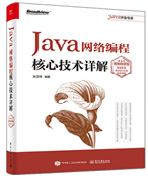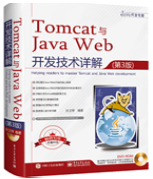AspectOriented Programing,面向切面编程。AOP常用术语: 连接点(Joinpoint)@Aspectpublic class LogAspect {public void pointcutName(){}public void performance(){
package com.ctj.service;import org.springframework.stereotype.Service;public class BusinessService {public void say(){
package com.ctj.aspect;import org.aspectj.lang.annotation.Aspect;import org.aspectj.lang.annotation.Before;import org.aspectj.lang.annotation.Pointcut;public class LogAspect {public void pointcutName(){}public void performance(){http://www.springframework.org/schema/beans http://www.springframework.org/schema/beans/spring-beans-3.1.xsd http://www.springframework.org/schema/aop true "/>
www.javathinker.net
网站系统异常
系统异常信息
Request URL:
http://www.javathinker.net/WEB-INF/lybbs/jsp/topic.jsp?postID=3547本站管理人员 。













